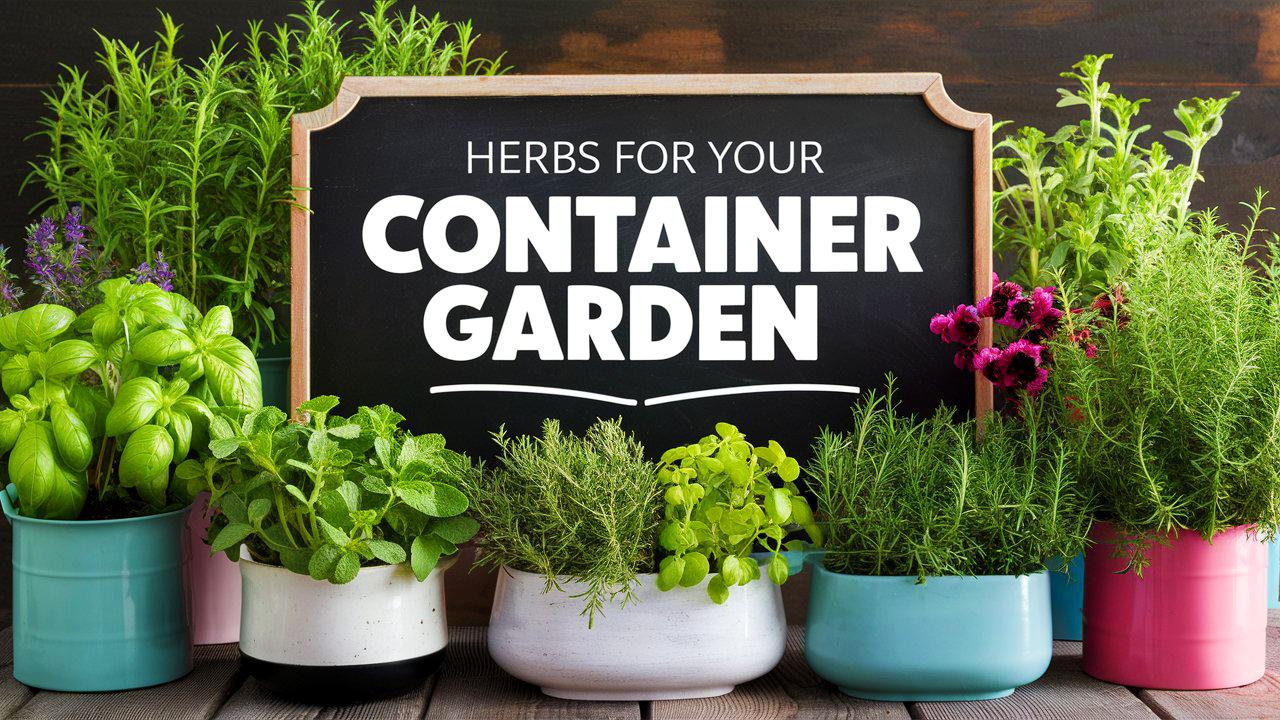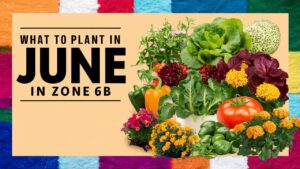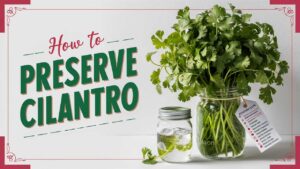Container gardening is an ideal solution for urban dwellers and those with limited garden space. It allows you to cultivate your own fresh herbs right at home, enhancing the flavor of your meals while providing a fragrant and colorful touch to your surroundings.
In this post, we will explore various herbs suited for container gardening, providing insights on their care, uses, and unique qualities.
Mint
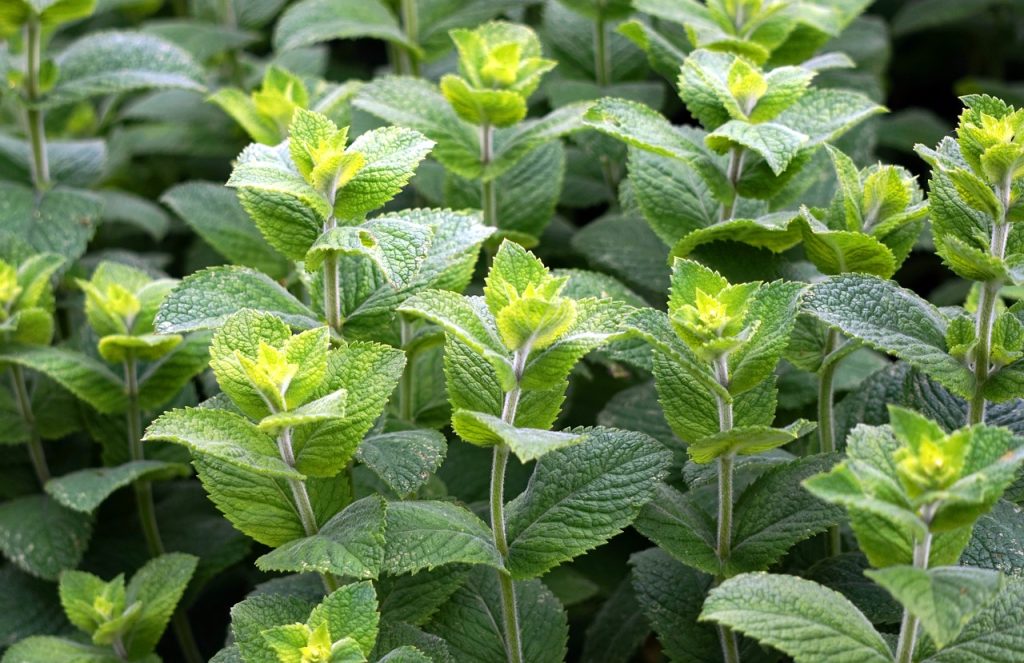
Mint is a hardy perennial known for its refreshing aroma and flavor, making it a must-have in any herb garden. When growing mint in containers, choose a pot of at least 12 inches in diameter, as mint has a vigorous growth habit and can spread quickly. Opt for a well-draining potting mix to prevent waterlogging, and position your container in a spot that receives partial sunlight.
Mint thrives in moist soil, so be sure to water it regularly, especially during the hot summer months. Harvesting mint is simple; pluck leaves as needed, which also encourages the plant to grow bushier. Use fresh mint in teas, salads, or as a garnish for various dishes. Be cautious to keep your mint plant in its pot, as it can become invasive if planted directly in the ground.
Basil
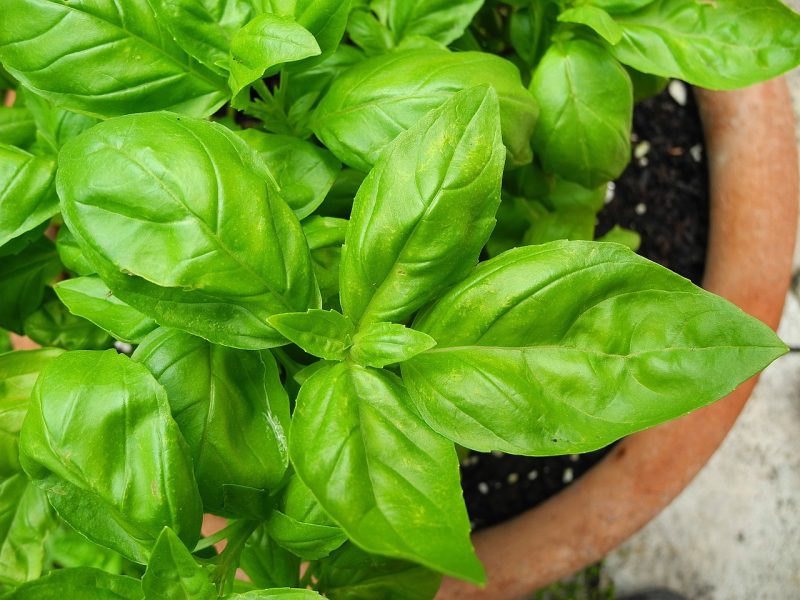
Basil is one of the most popular herbs, renowned for its sweet and peppery flavor, particularly in Italian cuisine. For container gardening, select a larger pot—at least 10 inches deep—to provide adequate room for its root system. Basil prefers full sun, so place your container where it can receive at least six hours of sunlight daily.
Water basil consistently, allowing the top inch of the soil to dry out before the next watering. Regular pruning encourages bushier growth; simply pinch off the tips when the plant is about six inches tall. Basil is particularly prized for pesto, salads, and tomato-based sauces, adding a vibrant burst of flavor to your culinary creations.
Thyme
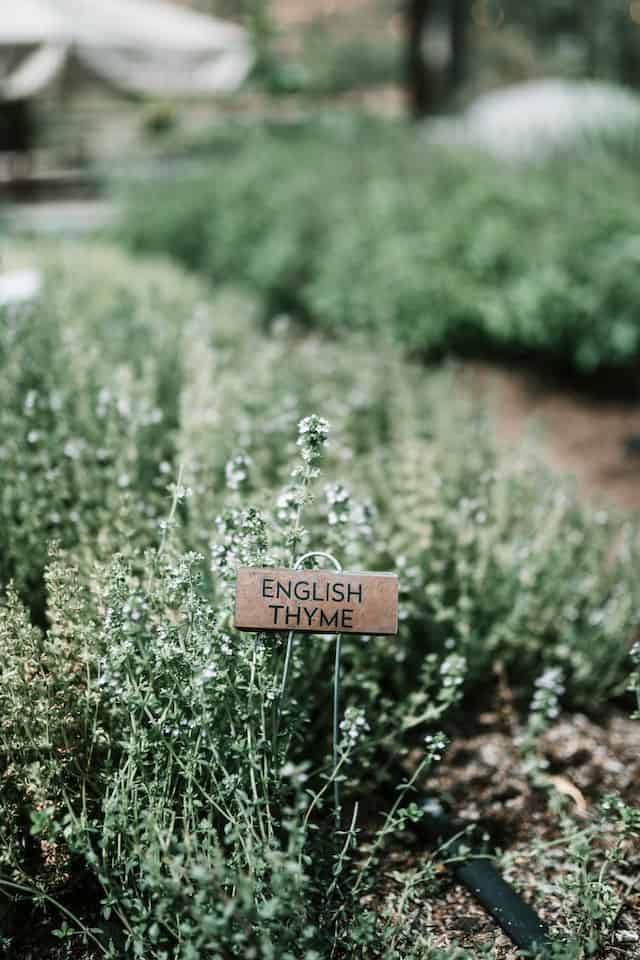
Thyme is a versatile perennial herb that adds a robust flavor to dishes, from roasted meats to vegetable medleys. It thrives in containers, provided you choose a pot with good drainage. A smaller pot is sufficient—as little as six to eight inches in diameter—because thyme does not require extensive root space.
Thyme prefers well-draining soil and a sunny location. Water sparingly; allowing the soil to dry out between waterings is key to preventing root rot. Regular harvesting encourages bushier growth and prevents the plant from flowering too soon, which can alter its flavor. Thyme’s woody stems and small leaves make it an excellent choice for flavoring soups, stews, and even as a seasoning for bread.
Rosemary
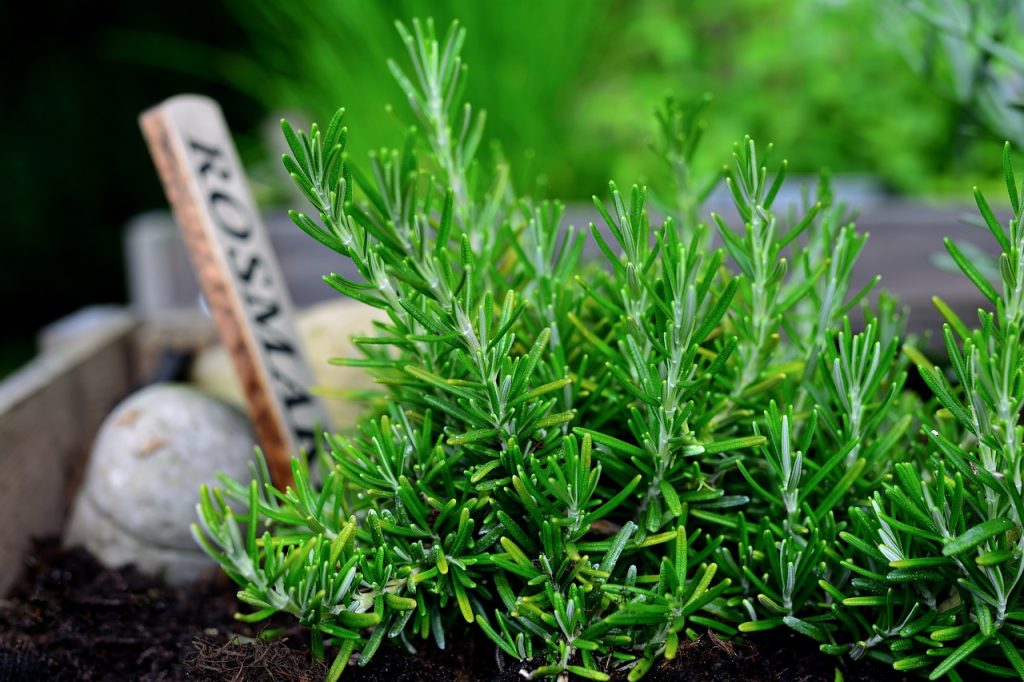
Known for its aromatic foliage and distinct flavor, rosemary is a favorite among herb enthusiasts. Growing rosemary in containers allows you to manage its needs more effectively, as this Mediterranean herb prefers well-drained, sandy soil. Choose a larger pot—at least 12 inches deep—to provide room for growth, and position your container where it receives full sunlight.
Water rosemary when the top inch of the soil dries out, taking care not to overwater. Its sturdy stems and needle-like leaves are perfect for grilling meats and vegetables, enhancing both taste and aroma. Rosemary is best harvested as needed, and its sprigs can also be used as skewers for shish kebabs, imparting an enticing flavor.
Cilantro
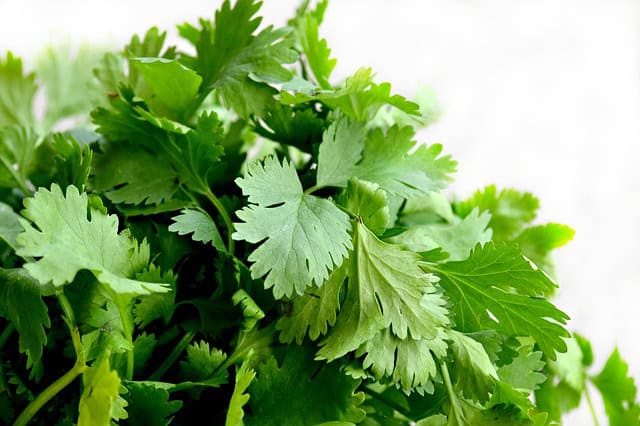
Cilantro, also known as coriander, is a fast-growing herb that is essential in many cuisines, including Mexican and Asian dishes. Cilantro prefers cooler weather, making it ideal for early spring or fall planting. Use a container that is at least six inches deep, filled with a high-quality potting mix.
Ensure that your cilantro receives plenty of sunlight but is shielded from intense heat, which can cause it to bolt, or flower, prematurely. Water regularly to keep the soil moist, and harvest the leaves when they reach about six inches in height. Both the leaves and seeds (coriander) are edible, making cilantro a dual-purpose herb in your garden.
Parsley
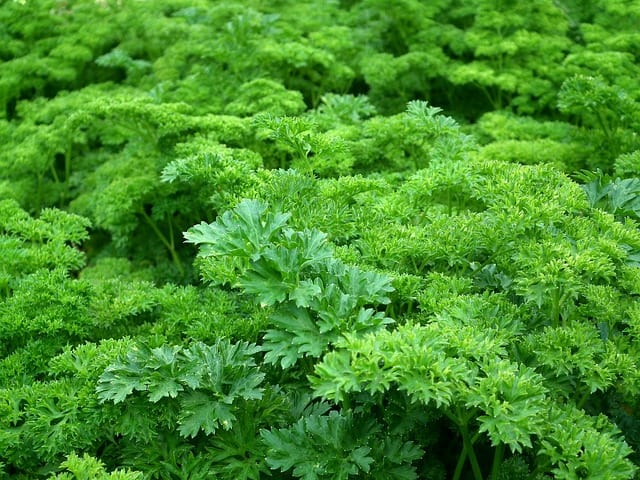
Parsley is a biennial herb often used as a garnish or flavor enhancer in a variety of dishes. It thrives in containers and can tolerate partial shade, which makes it a flexible choice for gardeners with varied light levels. Opt for a pot that is at least 10 inches deep and filled with nutrient-rich potting mix.
Water parsley regularly, keeping the soil consistently moist but not soggy. Harvest the outer leaves first, allowing the inner leaves to continue growing. Parsley comes in two primary varieties: flat-leaf and curly leaf. Flat-leaf parsley is preferred by chefs for its stronger flavor, while curly leaf is often used for decoration.
Oregano
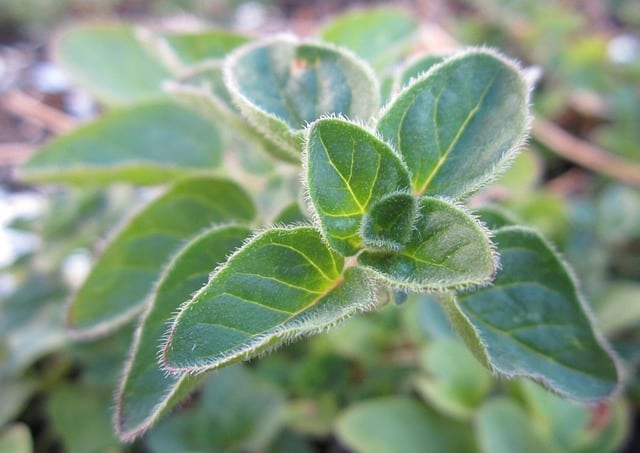
Oregano is a robust herb commonly associated with Italian and Mediterranean cooking. Its resilience makes it an excellent choice for beginners. When planting oregano, select a pot that is at least eight inches deep, and use a well-drained potting soil.
Oregano prefers full sun and should be watered only when the soil has dried out, as it does not like to sit in water. Regular harvesting encourages a fuller plant and can be done by pinching off the tips. Use oregano in sauces, marinades, and as a topping for pizzas, where its aromatic flavor shines through.
Chives
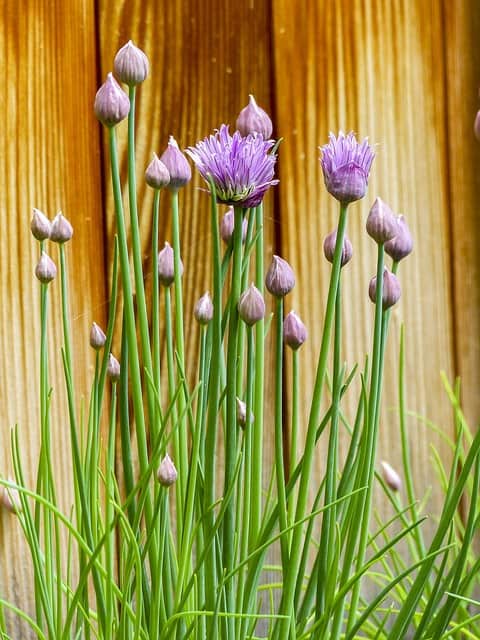
Chives are a delightful herb with a mild onion flavor, ideal for adding a fresh touch to a range of dishes. Chives grow well in containers and are quite hardy, preferring a pot that is at least eight inches deep. They thrive in full sun but can tolerate partial shade.
The most crucial aspect of growing chives is consistent moisture, so keep the soil damp but not waterlogged. To harvest, snip the long green leaves with scissors, allowing the plant to continue growing. Chives work great as a garnish for soups, salads, and baked potatoes, bringing a light onion flavor without overpowering the dish.
Savory
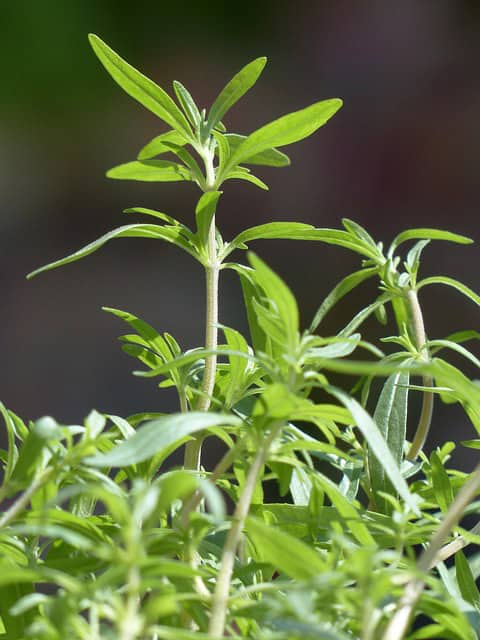
Savory is a lesser-known but incredibly flavorful herb that comes in two varieties: summer savory and winter savory. Both are suitable for container gardening; however, summer savory is an annual, while winter savory is a perennial. Choose a container that allows for good drainage and fill it with well-draining soil.
Savory prefers full sun and requires regular watering, particularly in drier climates. Its unique peppery flavor makes it a wonderful addition to beans, vegetables, and sauces. Pruning the leaves encourages new growth and a bushier plant, providing you with a fresh supply throughout the growing season.
Marjoram
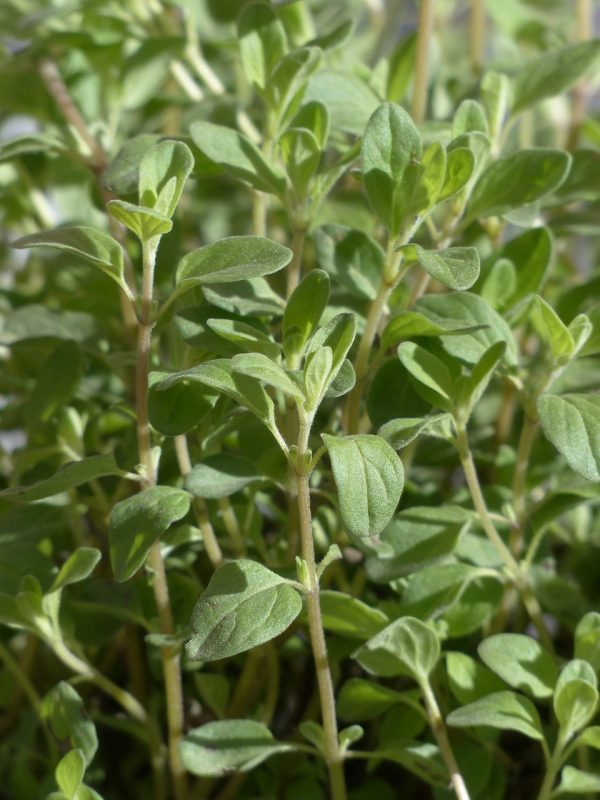
Marjoram, closely related to oregano, boasts a sweeter flavor and is often used in Mediterranean cuisine. Like its cousin, marjoram thrives in containers, so opt for a pot that is at least eight to ten inches deep. Use a well-draining soil mix to keep the roots healthy.
Marjoram prefers full sun and requires moderate watering, allowing the top layer of soil to dry out between waterings. Regular harvesting, particularly before flowering, maximizes flavor and encourages bushy growth. Use marjoram in soups, stews, and dressings, where its delicate flavor can elevate your dishes.
Lemon Balm
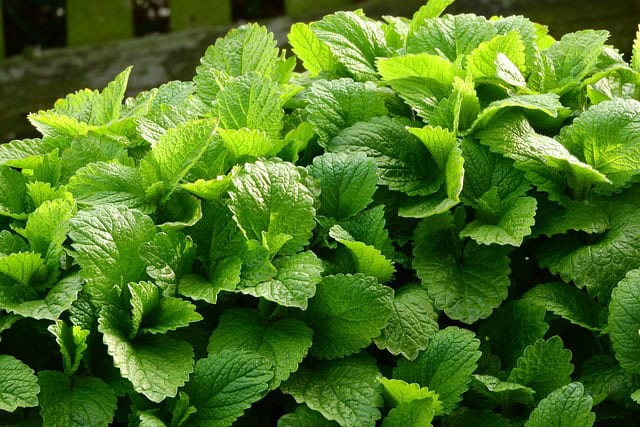
Lemon balm is a fragrant herb that exudes a refreshing lemon scent, making it a popular choice for teas and desserts. It thrives in containers but can grow quite large, so choose a pot that is at least 12 inches deep. Lemon balm prefers well-draining soil and a spot that receives full to partial sun.
Keep the soil consistently moist but avoid making it soggy. Regular harvesting encourages bushier growth; simply pinch off the leaves as needed. The leaves can be used to brew herbal tea or added to salads and marinades for an invigorating citrus touch.
Sage
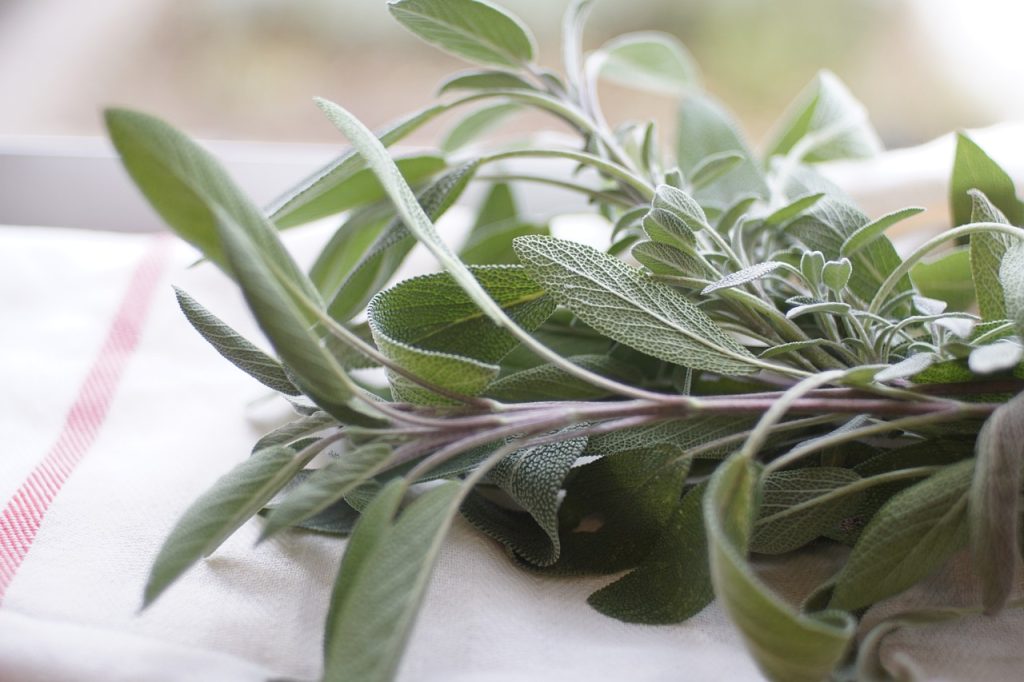
Sage is a robust herb with a strong flavor, making it excellent for seasoning meat dishes, stuffing, and a variety of soups. Choose a larger container—at least 12 inches deep—and fill it with well-draining soil. Sage thrives in full sun and can tolerate some drought, so be cautious with watering; allow the soil to dry out between waterings.
Regular pruning helps to keep the plant healthy and encourages new growth. Sage is often harvested just before flowering for the best flavor. Its unique aroma and taste are versatile, enhancing roasted vegetables, meats, and savory dishes.
Chervil
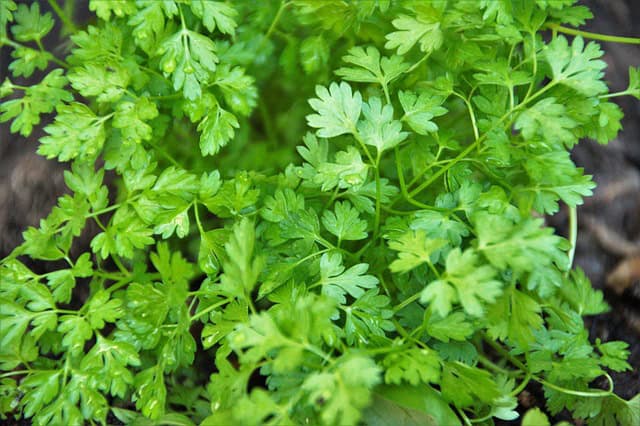
Chervil is an elegant herb often underappreciated in the culinary world. With a delicate flavor reminiscent of parsley and a hint of anise, it is often used in French cuisine. Chervil is particularly suited for container gardening; choose a pot that is about six to eight inches deep.
Chervil prefers cooler temperatures and partial shade, making it ideal for spring and fall planting. Keep the soil moist and be mindful that chervil can bolt in warmer weather. Harvest the leaves young and tender, as they are most flavorful at this stage. Chervil adds a fresh touch to soups, salads, and sauces, showcasing its subtle flavor.
Conclusion
Creating a container herb garden is not only rewarding but also adds immense flavor and fragrance to your home cooking. By understanding the specific needs of each herb, you can cultivate a thriving garden on your balcony, patio, or windowsill.


